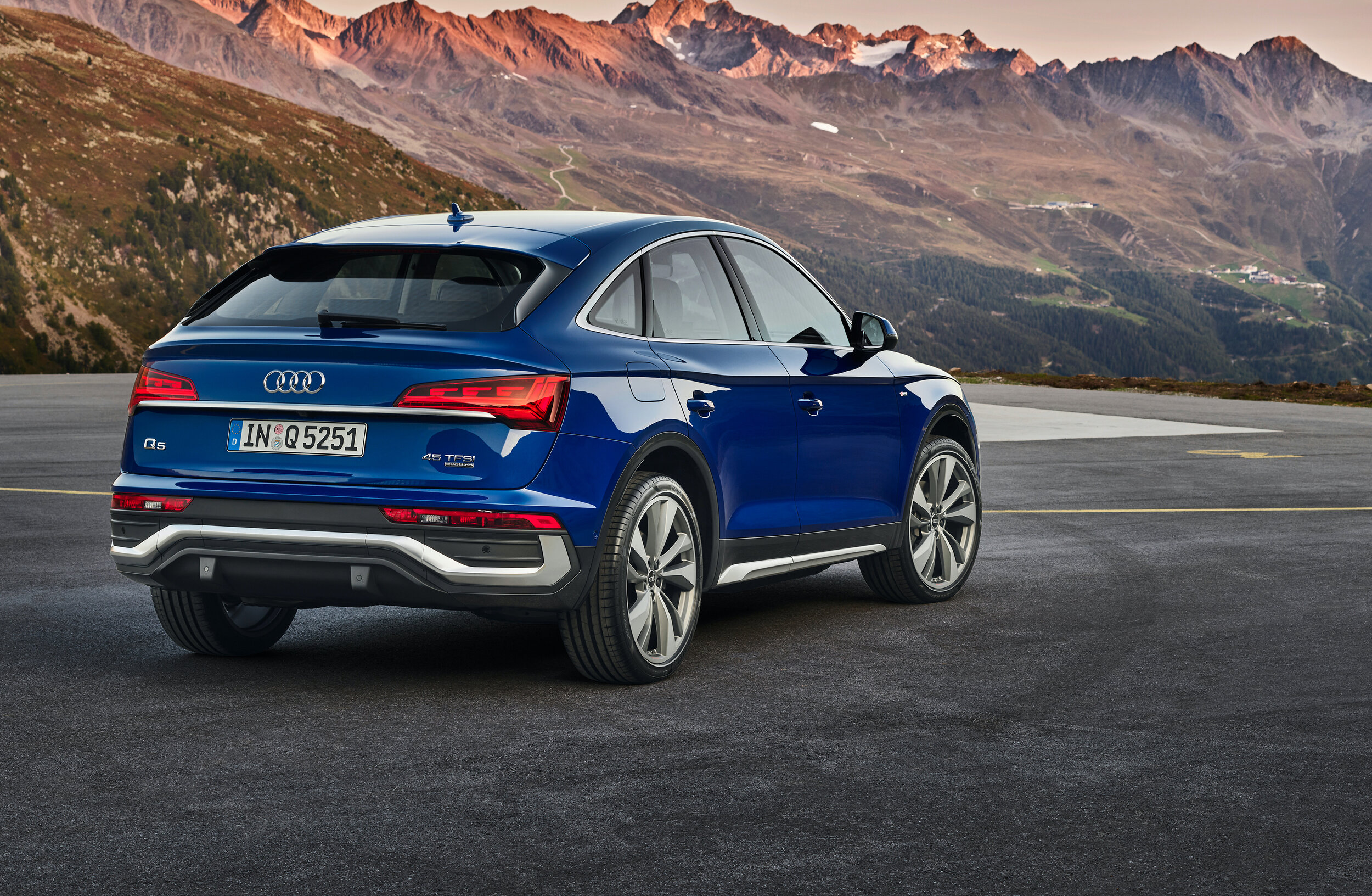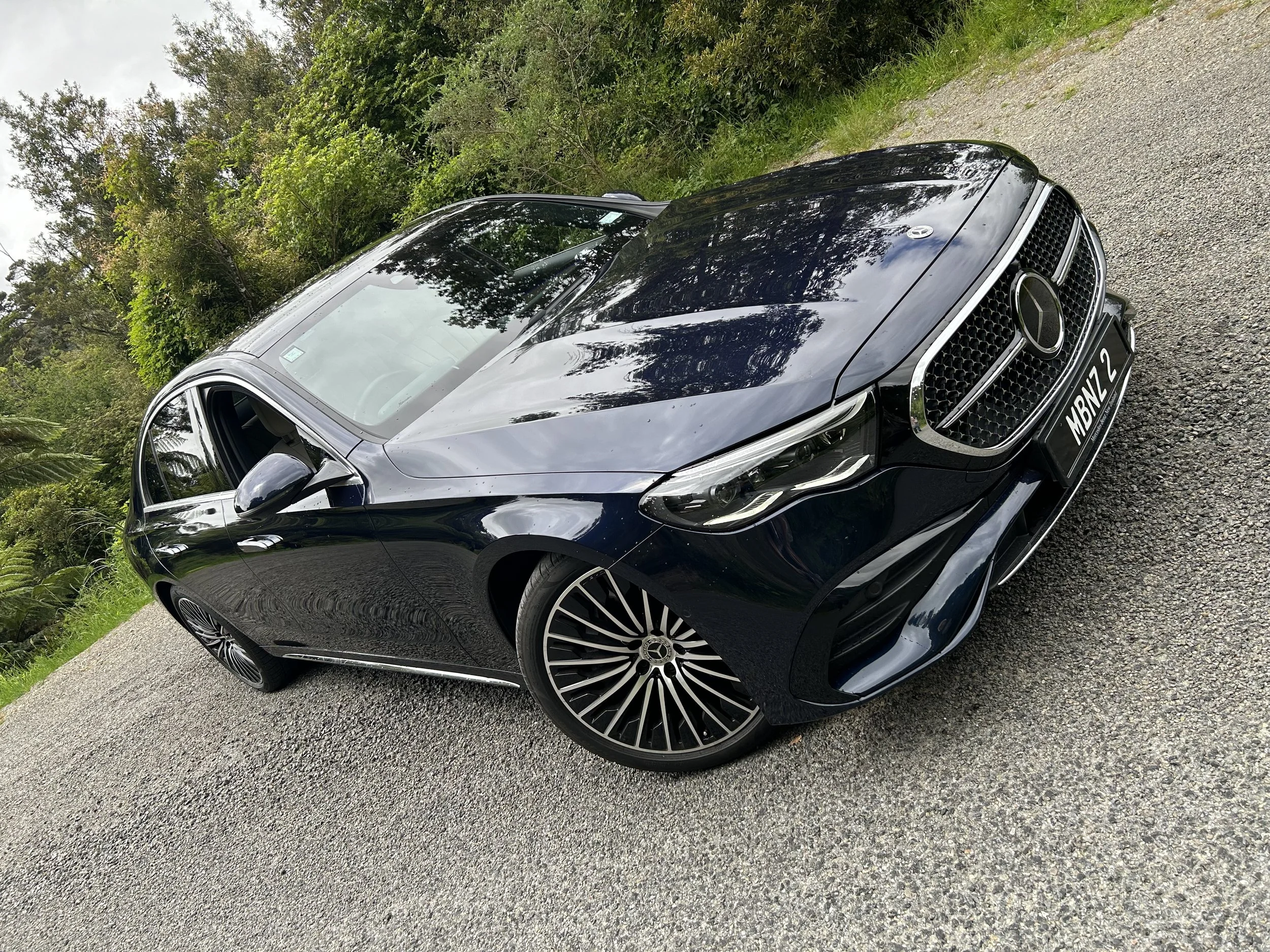Q4 e-Tron unveiled but not close
/NZ not prioritised for Audi’s tasty medium crossover.
INTRODUCTION here of the Audi Q4 e-Tron unveiled overnight has been blown apart by the same issue that has delayed sister cars – maker determination other countries are initially more deserving.
Forget the early 2022 timeframe touted previously by Audi New Zealand. Local boss Dean Sheed says any hope of that occurring has gone. At very best the new crossover model, set to hit Europe’s roads in June, ‘might’ be available for launch here at the end of next year, though it could yet have to be a 2023 sighting.
“It definitely won’t be early 2022 … it will be late 2022. At the earliest. Potentially even flipping it to early 2023 is a possibility. We are down the pecking order and the challenge is securing volume.”
It’s a story that also already been told for two close cousins, the Volkswagen ID4 and Skoda Enyaq and seems increasingly likely to be aired for two others indicated for eventual NZ availability, the next-generation Porsche Macan and the SEAT/Cupra Born.
In addition to being Audi’s seventh electric vehicle the Q4 it is also the first on the MEB platform, the structure upon which all key VW Group electric vehicles set for NZ introduction are based.
Basically, when it comes to the release of MEB models, VW Group is calling the shots.
New Zealand does not have priority – as much as anything else, Sheed believes, it’s because VW Group has decided our national policies are not up to the pace of other countries pushing electric car adoption.
Audi NZ has been promoting the early 2022 release schedule for Q4 for some time and some months ago began to back that up with a viral warm-up campaign, now seemingly shelved.
With three powertrain options, offering up to 520km of range, and in sports utility wagon and more rakish, also five-door, Sportback body stylings, the Q4 has long been touted as being the model that would achieve as a best-seller for Audi.
The new car will sit below the e-tron in wagon and Sportback styles, the impending S editions of those, plus the more performance-oriented e-tron GT, which shares an underpinning with the Porsche Taycan and includes an RS edition.
Sheed says it’s a disappointment not achieving Q4 to the original timeframe because a lot of groundwork for its release has been laid by his brand, but fact is that VW is giving preference to countries that have a stronger Green attitude and are doing more to encourage electric vehicles.
“A lot of the volume is going to the countries with legislation and requirements for CO2 (reduction). Our country doesn’t have those yet so we are down the pecking order.
“With these (MEB) cars, demand is in excess of supply. So it comes down to rationing … VW Group has to prioritise and those countries with very strong Governmental pressure typically get the product first.
“So it’s Europe first and then they will go outside that to other countries.
“Are we (Audi NZ) ready for it? Absolutely are. However, when it comes down to prioritisation, the Government and the country does not have a sound pathway yet.”
While MEB-based cars are particularly affected, he believes this issue will also disrupt availability of many other EVs and potentially also plug-in hybrids.
However, the e-Tron GT and RS cars that will go on sale in June are not affected, being on an Audi (and Porsche)-specific platform. Also, product planning for those was signed off months ago the factory has begun production of NZ models.
The Q4 family is headed by a 50 Quattro, offering 220kW and 460Nm through dual electric motors, sending power to all four wheels for a 0-100kmh time of 6.2 seconds. It also involves an entry-level 125kW/310Nm Q4 E-Tron 35 and mid-spec 150kW/310Nm Q4 E-Tron 40. These use a single electric motor to power the rear wheels, for 0-100kmh times of between 9.0 and 8.5 seconds depending on the variant chosen.
Audi quotes 341km of range from the E-Tron 35's 52kWh battery on the WLTP cycle. The E-Tron 40 and 50 Quattro have a 77kWh battery pack offering 520km and 488km of range respectively.
The E-Tron 35 can support fast charging up to 100kW, with 125kW charging available to the 40 and 50 Quattro models. The company says in ideal conditions, the E-Tron 40 can gain 130km of range in around 10 minutes of charging.
The SUV body is 4590mm long, 1865mm wide, and 1613mm tall. Boot space is 520 litres, or 1490 litres with second-row seats folded down. The SUV shape has a drag coefficient of 0.28, whereas the Sportback variant has a 0.26 Cd signature.
The car runs disc front and drum rear brakes; the latter is to enable a regeneration cycle from the rear electric motor under braking, meaning less mechanical braking force is required.
The provisions to expected luxury level. It rides on 20 or 21 inch wheels and provisions a 10.1-inch infotainment screen with voice control, with an 11.6-inch screen as an option. The driver gets a 10.25-inch digital instrument cluster with an augmented-reality head-up display.
Buyers can also choose from nine equipment packages, each offering different trims, accents, stitching, headlining, and door sill combinations.
Those who opt for the sportier S Line interior can choose between standard natural/synthetic combination leather, premium nappa leather, Dinamica artificial suede, and Puls artificial leather – the latter two which are created from recycled plastics.
Haptic-touch buttons feature on the steering wheel, while seat heating, ventilation, and massage function can figure.









































































